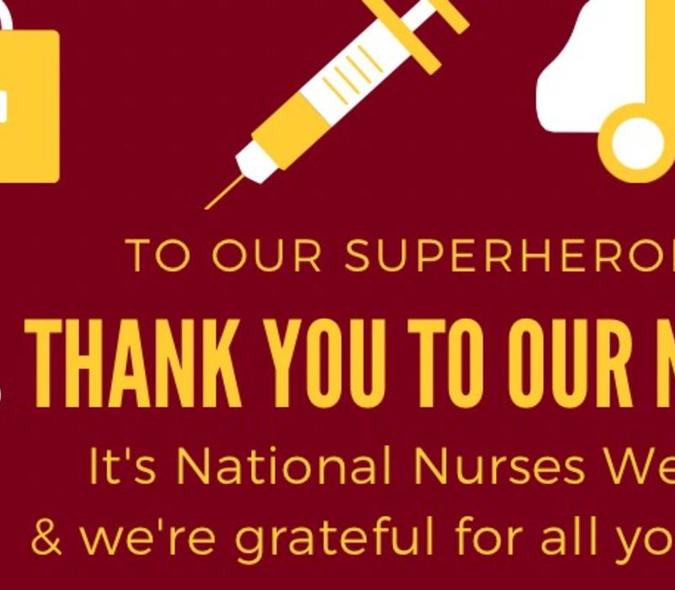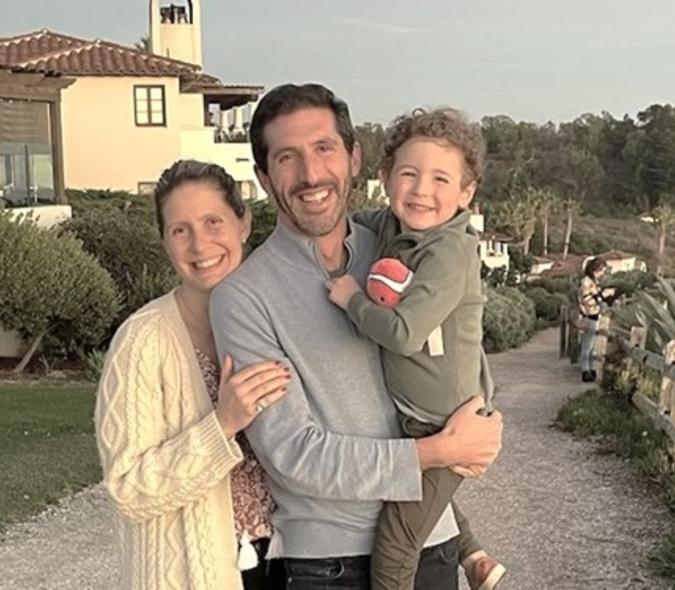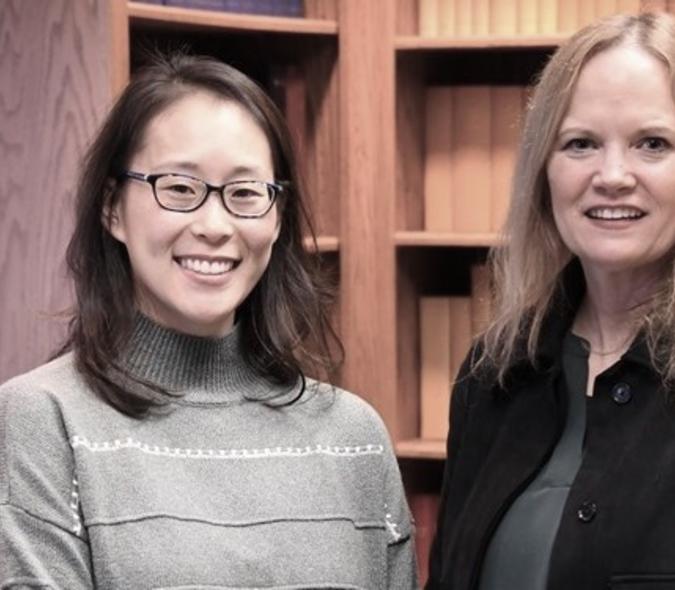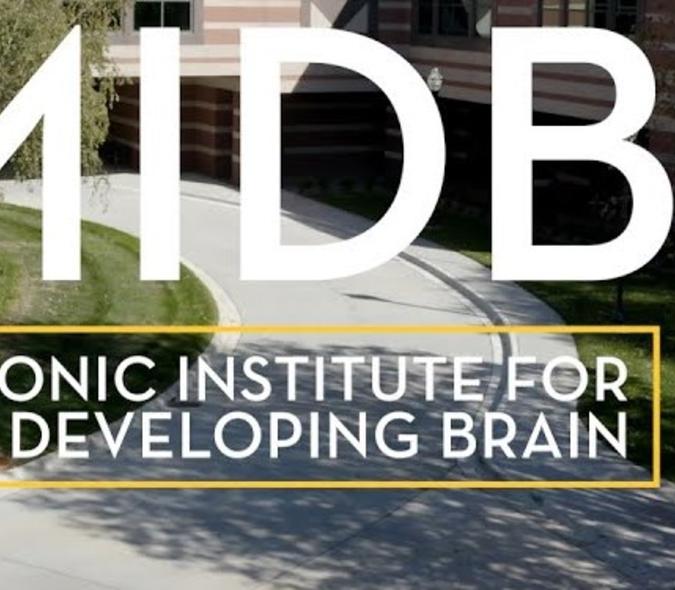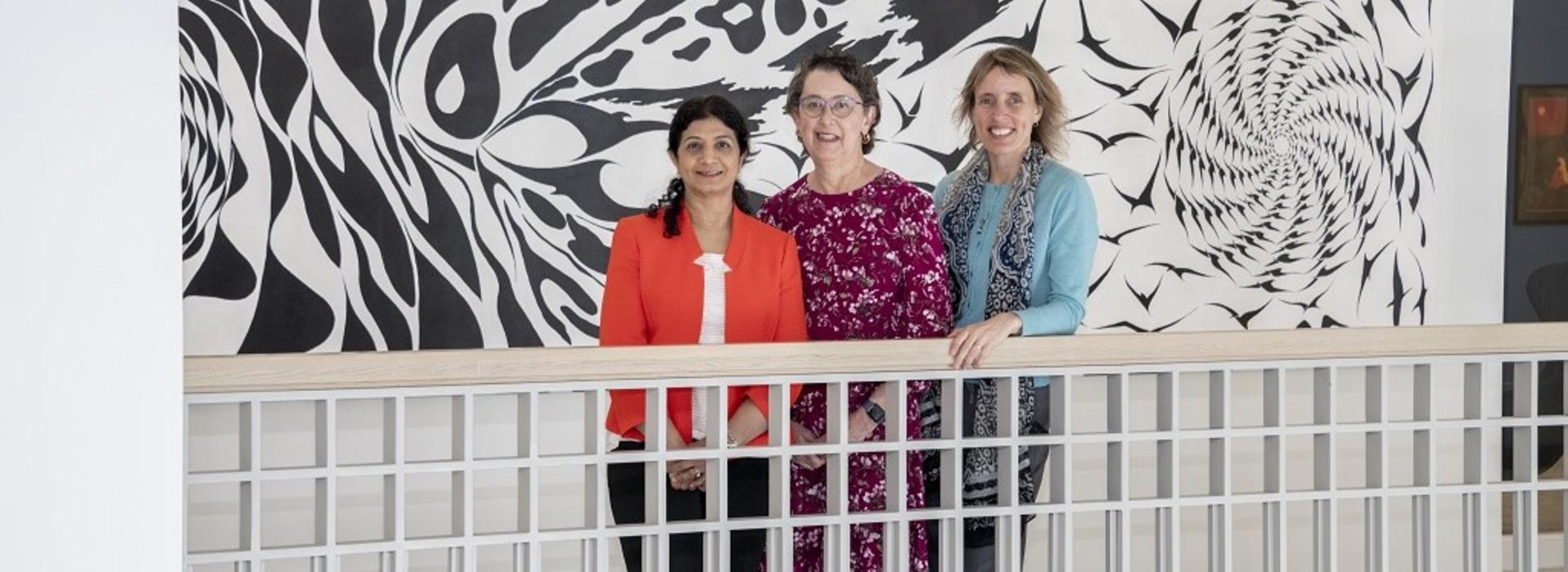
Strategic planning process in the Division of Child and Adolescent Mental Health creates a vision for the future
(Pictured above, from left: Members of the Child & Adolescent Mental Health Division Drs. Afshan Anjum, Gail Bernstein, and Katie Cullen, who worked with their colleagues to develop the vision.)

Led over several months in 2022 by Division Head Katie Cullen, MD, and Division Administrator Jayme Lopuch (pictured here), LICSW, MHA, the Child and Adolescent Mental Health (CAMH) Division completed a strategic planning process to articulate their shared mission, vision, values, and five-year strategic plan. It was launched in the first quarter of 2023.
To help devise the plan, all members of the Division were invited to attend a series of meetings facilitated by Carla Pavone, PhD, from the Carlson School of Business. Because Pavone had facilitated the Division’s strategic planning process in 2015, shortly after Cullen had started her role as Division Director, this provided an opportunity for the two leaders to reconnect and gain new perspective about how far the Division had come.
Group had matured, grown
“Carla was surprised by the amount of change we’ve been through,” said Cullen. “She was impressed by how much our group has matured and grown. It was so helpful to have that perspective, which is hard to see when you’re living in the day-to-day.”
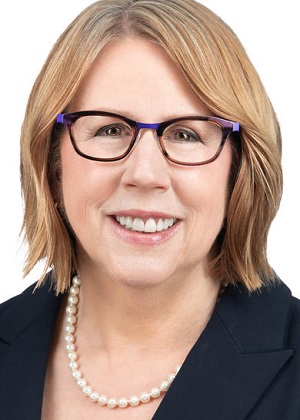
Pavone (pictured here) noted that the Division had been going through a challenging time during the 2015 strategic planning process. “They needed to do a lot of regrouping,” she said. “They weren’t used to psychiatrists, psychologists, and social workers working together to develop a strategy. I give Katie a lot of credit for knowing she wanted true collaboration among equals.”
Designing a health process
Creating the structure and tools that Division members would use to create the plan was Pavone’s responsibility. “My goal was to design a healthy process that would result in a meaningful outcome,” she said.
One of the things Pavone appreciated was that Cullen wanted an open dialogue and did a lot to be receptive to whatever people had to say. “She was never defensive, always collaborative,” said Pavone. “I also appreciated the respect everyone showed for each other’s voices and expertise.”
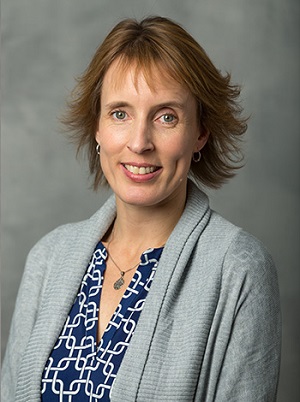
A basic approach
The group took what Cullen (pictured here) describes as a basic approach. “We first focused on what we created in 2015 — what we wanted to keep and what we wanted to change,” she said. “One example was a previous lack of focus on diversity and inclusion. Everyone felt strongly about emphasizing that in our new vision.” This is now articulated in the CAMH Division values, and the new plan includes an expanded strategies section dedicated to Justice, Equity, Diversity, and Inclusion, according to Lopuch.
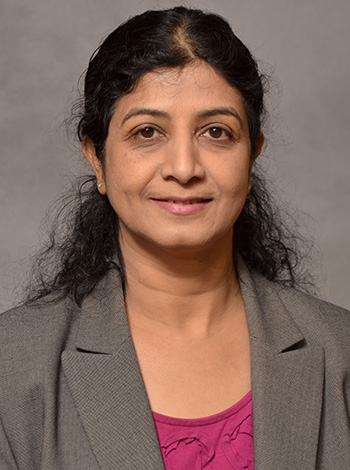
Long-term Division member and member of the Department’s Inclusion Excellence and Well-Being Council, psychiatrist Afshan Anjum (pictured here), MD, MS, was happy to see the group’s commitment to diversity and inclusion. “More and more, we’re serving a diverse community,” she said. “The growth and changes needed to support these populations haven’t necessarily kept pace. That’s why this focus is important.”
Setting ourselves apart
Another theme that kept coming up is how the Division can provide best practices and evidence-based treatment, Anjum noted. “We also talked about how we can set ourselves apart — capitalizing on our ability to treat the most complex conditions through our connections to research and education,” she said.
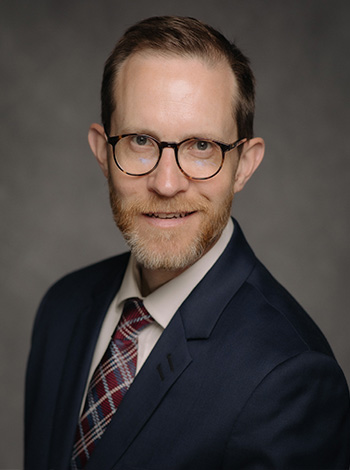
Enhancing communications and transition across levels of care was important to psychologist Tim Moore (pictured here), PhD, LP, a newer Division member. “Having communication that works for all the people involved – patients, families, providers – gets at delivering the right services at the right time,” he said. “That helps our patients and their families experience coordinated partnership and effective care.”
January kickoff
The group defined its core mission and vision and then built the five-year strategic plan. After several rounds of reviews – and some good advice from Department Head Sophia Vinogradov, MD – the Division finalized their plan and kicked it off on January 1, 2023.
The advantage of this kind of process is that the team can talk about what needs to be done and also about potential barriers, according to Cullen. “Having those things in the plan empowers us to pursue what we feel is most important, despite the challenges,” she said. “We realize that we may need to reach out to our leaders or stakeholders to get things done — it’s for the sake of our children and our society.”
Growing together
As a new faculty member, Moore is interested in growing together with his colleagues through the plan’s initiatives that require diverse perspectives. “It puts me in greater contact with the range of people who are part of the faculty here,” he said. “It also gives me an opportunity to contribute in ways that may not have happened without this intentional focus on interdisciplinary work.”
Cullen added that this process reinforced something important, which is that while members of the Division bring many different perspectives, they share the same passion and goals about child and adolescent mental health. "That discovery process was very uniting," she said. "We have identified what is most important for us to do and now, we’re going to do it together."
